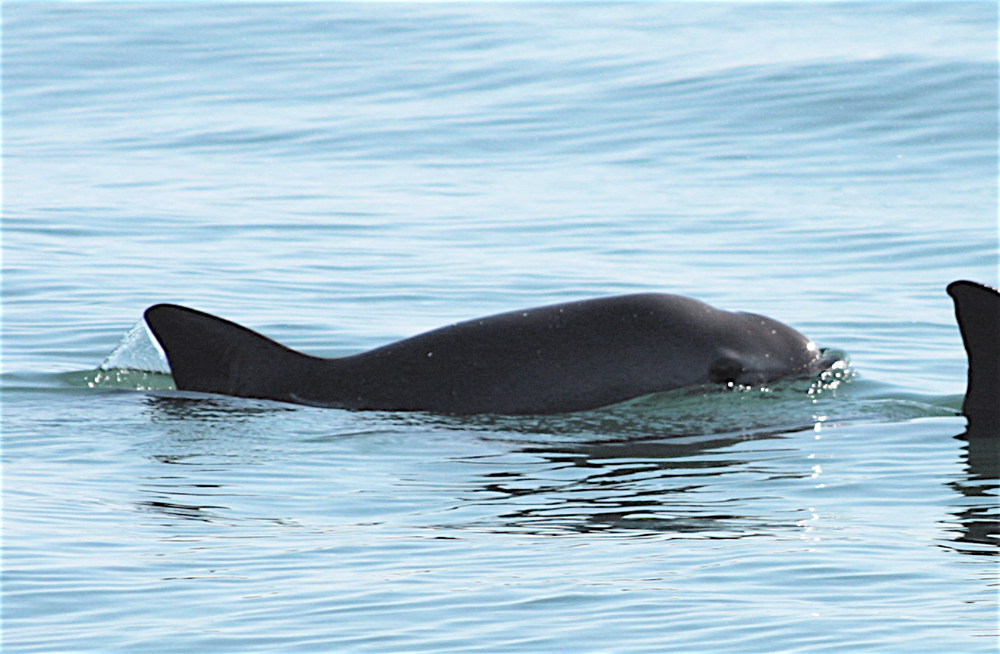Vaquita, are a soon to be extinct species of cetacean found in the northern part of the Gulf of California.
The reason for them going extinct?
Fishing.
Vaquita are often caught in gillnets used by illegal fishing operations in the marine protected areas which are there to protect them. In the last few years the population size has dropped dramatically with the population now believed to be around 30 individuals. Why is there so much illegal fishing activity there? Demand for the swim bladder of another endangered species, the Totoaba, has caused the rise, with fishermen able to receive over £3000 for a pound of Totoaba swim bladder, they can make much more money by fishing illegally than legally.
The Vaquita is the most endangered cetacean in the world. A population size of 30 might still be able to recover, but not unless gillnets are banned throughout their entire habitat. Vaquita aren’t found anywhere else in the world. With over 70% of the world covered in water surely we can protect a relatively small area to save an entire species.
Vaquita are currently listed as critically endangered on the IUCN red list. The next step on the ladder would be extinct in the wild, except, there are no Vaquita in aquariums or marine parks. Once they are lost in the wild, they’re gone.
What do they look like?
They can be recognised by their large dark rings around their eyes and the dark patches on their lips that form a thin line from the mouth to the pectoral fins. They are a dark grey colour with paler sides, and a white underside with light grey markings. Vaquita are related to the Harbour Porpoise which is found here around the UK. Like its northern cousin the Vaquita are extremely shy, so they are rare to spot, quickly swimming away if boats should approach.
What’s their habitat like?
They live in shallow murky lagoons along the shoreline, rarely swimming deeper than 30m they are often seen in water so shallow that their backs can be seen above the surface. They prefer areas with turbid waters because they have a higher nutrient content. This is important because it attracts the small fish, squid and crustaceans, which the Vaquita eat.
What now?
There have been calls for stronger enforcement of the ban on gillnets throughout the range of the Vaquita. With calls that countries where there is demand for the Totoaba, stamp out the illegal trade and support the Mexican government to enforce these measures. On 30th June 2017, Mexico announced it had permanently banned gillnets that are responsible for the decline of the vaquita. This is a huge step towards hopefully a brighter future for the Vaquita.
If this fails to help the population to recover there are proposals to have captive breeding of Vaquita, catching them and then placing them in large sea pens around the gulf so they can be reintroduced when becoming bycatch would be less of a threat. This option would hold its own risks though, with porpoises only recently being kept successfully in captivity, porpoises are much more sensitive to disturbance and stress which makes capturing them more difficult.
Written by Lauren Fidler, National Whale and Dolphin Watch Assistant, 2017

























